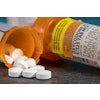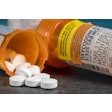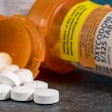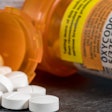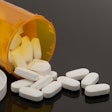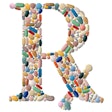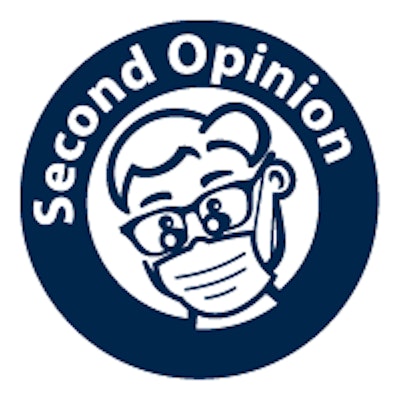
It was with great interest that I read the March 16 article, "JAMA: Too many opioids prescribed for extractions." The article examined a March 15, 2016, Journal of the American Medical Association (JAMA) research letter about Medicaid patients and the rate of opioid prescriptions after the extraction of teeth. The letter described data from 2000 to 2010, acquired from a large cohort of Medicaid patients.
 Paul A. Moore, DMD, PhD, MPH.
Paul A. Moore, DMD, PhD, MPH.As a dentist for more than 40 years, I know firsthand that there is a clinical dilemma faced by both medical and dental surgeons when managing postoperative pain. Unlike prescribing for trauma and chronic pain patients, at the moment when a surgeon is writing a prescription to treat possible acute postoperative pain, it is impossible to know which patients are going to be in severe pain or the duration of their discomfort. Knowing who will need an opioid prescription and who will be managed well with a nonopioid pain reliever becomes the clinical dilemma. There is no easy solution to this dilemma.
However, the epidemic of prescription opioid abuse in the U.S. does not rest solely on the shoulders of dentists. While the present JAMA study looks at one segment of data, it's important to also understand dentist and oral surgeon prescribing habits. According to a 2011 study in JAMA (April 2011, Vol. 305:13, pp. 1299-1301), the National Institute for Drug Abuse estimates that dentists write only 8% of the 202 million opioid prescriptions in the U.S. Significantly, Levi et al reported in the American Journal of Preventive Medicine (September 2015, Vol. 49:3, pp 409-413) that prescribing of opioids by dentists had decreased by 5.7% between 2007 and 2012.
“The epidemic of prescription opioid abuse in the U.S. does not rest solely on the shoulders of dentists.”
Dentists and organizations across the country are working to curb this epidemic. The ADA has provided professional education sessions on opioids for more than a decade, so that dentists are keenly aware and can help to positively impact their patients and their communities to prevent addiction and substance abuse. The ADA is also working collaboratively with organizations such as the American Academy of Addiction Psychiatry and the American Medical Association Task Force to Reduce Opioid Abuse. We all share the same goal of education and prevention.
JAMA author Mr. Baker is correct to say that national programs to reduce opioid overprescribing in the U.S. should include dental care, but what he overlooks is the amount of work the dental community already has been doing for years to combat this issue. Efforts to educate dental professionals, educate patients, and work closely with the medical community are all part of the years-long commitment to preventing, identifying, and alleviating prescription drug abuse in this country.
Paul A. Moore DMD, PhD, MPH, is a professor of pharmacology, dental anesthesiology, and dental public health at the University of Pittsburgh School of Dental Medicine.
The comments and observations expressed herein do not necessarily reflect the opinions of DrBicuspid.com, nor should they be construed as an endorsement or admonishment of any particular idea, vendor, or organization.


